Organize Your Fridge in 5 Easy Steps
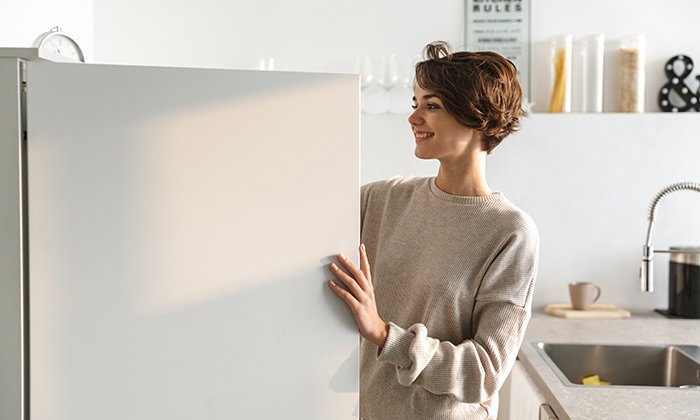
If you’re reading this article, you may be one of the people who never really know what they’ll find inside their fridge before they open it. Considering that the fridge works best when 70% to 80% full, today we will share a few tips to better organize it.
Before you start, though
First, take everything out and give your fridge a thorough clean. Then, check the expiry date and throw out the things that are already too old to save or don’t ‘spark joy’ anymore.
Now here are our tips
1. Top shelf
The top shelf is less cool than the other shelves in the fridge. The height of this shelf also prevents young children from reaching for items that are not for them. Therefore, it is best for
-Keeping items that have a longer shelf life or take longer to consume like dairy products (butter, cheese, or yogurt).
-Storing canned drinks. Use a tray for easier cleaning and refilling. A tray that fits well will keep the cans in place and save space, too.
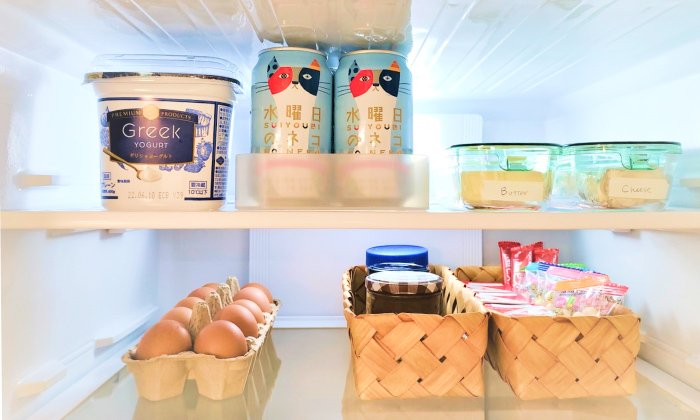
2. Second shelf
This shelf is usually at eye level making it great for items that you use often or have a shorter shelf life. We recommend it for
- Storing foods to be cooked or eaten within a couple of days
- Storing eggs. If you keep eggs inside a door pocket, like many of us do, you should know that every time you open and close the fridge, the temperature fluctuation will impact on their freshness.
If you can, use rectangular containers for storing your food. When you stack the containers up, the fridge looks neater and cleaner. Glass containers are easier to clean than plastic ones and better for the environment.
- Storing children’s snacks. Your children will be able to pull the snack container out and put it back in with ease. Less work for you!
Which brings us to another idea. Have you considered storing items in a set? When related items are stored together in one container, you can save time and energy looking for them. This also means your fridge is open for a shorter time and is easier to clean.
Here are some ideas for item sets
1. Breakfast container
Items like jams, butter/margarine, and cheese.
2. Lunch/dinner container
Items that can be eaten with porridge or rice, like fermented tofu, bovril or marmite, and even pickles.
3. Tea container
Homemade items or store-bought desserts for snack time.
4. Sauces and condiments
Ketchup, mayonnaise, and other sauces for the lunch/dinner table.
5. Cooking sauces and condiments
Oyster sauce, spicy bean sauce, and the like.
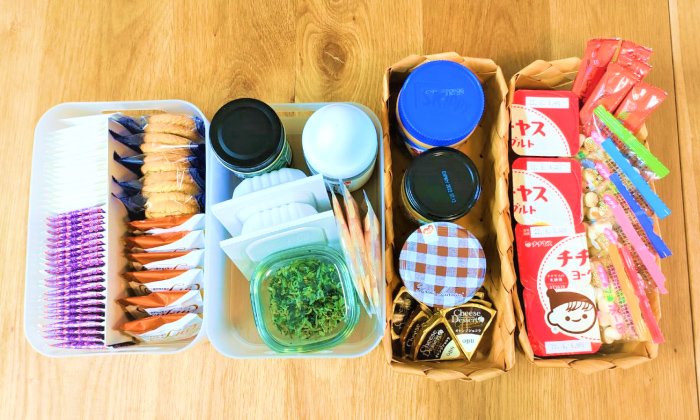
3. Bottom shelf
The bottom shelf is usually the coldest area of the fridge, which makes it best for storing the items below.
- Easily perishable foods. Items like meat that require lower temperatures to keep them fresh are best stored here. Defrosting meat on the bottom shelf also means if any juices drip, they can’t contaminate other foods stored below.
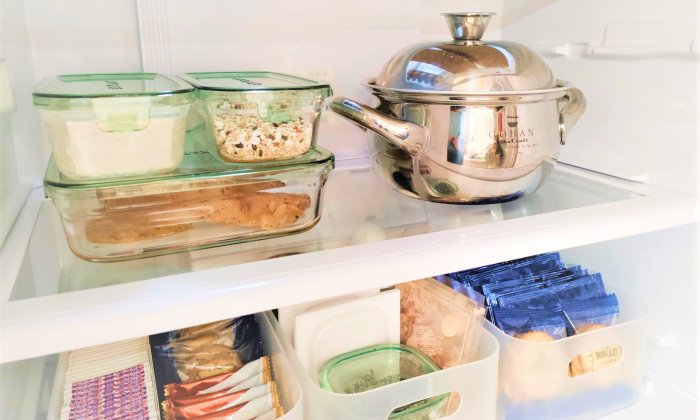
- Leftovers. There is usually more height at the bottom compared to the other shelves, so you can leave leftovers in the pot they were cooked in. This will save you time when reheating them, too.
4. Crisper drawer/vegetable crisper
As you’ve probably noticed, the main area of the fridge is usually quite dry. Humidity collects at the bottom of the fridge making this drawer the ideal place to store leafy greens. But how you store your veggies matters too.
- Keep them in their natural position. One of the best ways to keep most of your veggies fresh is by wrapping them in dry newspapers and storing them vertically.
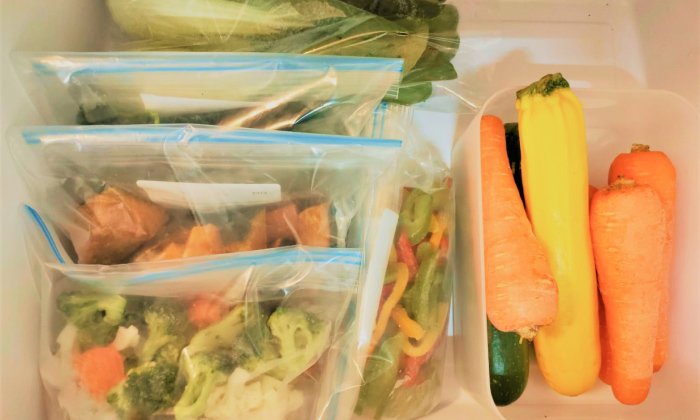
- Slice them up and store them in Ziploc bags. You may want to divide them by type, portion, or even meal. For example, you can have a bag with all the veggies you need for a quick stir-fry or a soup. Try to use chopped veggies within 3 days or freeze them.
A word of caution
Bet you didn’t know this about apples! As they ripen, apples release a gas called ethylene. This gas stimulates the ripening of the apple itself and everything else around it. Other fruits that produce ethylene gas include bananas, apricots, and pears. For longer lasting fruits and veggies, keep them separate.
5. Door Pocket
With all the frequent opening and closing, the fridge door is the warmest area. Keep items that can handle temperature fluctuations here, like:
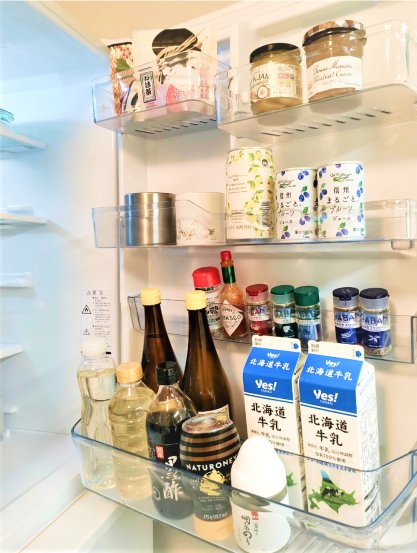
- Sauces and condiments. Put the shorter ones in the front and the taller ones in the back so you can see everything at one glance. Some sauces go bad even before their expiry date. A label will help you to remember when you opened an item and use it before it’s too late.
- Dairy products. If you prefer your butter and cheese to be softer and easier to handle, keep them here. To have them last longer, put them on the shelves.
Better not?
Although easier to grab, opened fizzy drinks will go flat if stored in door pockets.
Every time you open and close the fridge, you will shake the drinks causing them to lose their fizz.

Look at your fridge now! It’s a pleasure to open. A better-organized fridge means you can avoid overbuying and potentially save electricity too. When you know what you have in the fridge, you can also avoid food waste and just feel good!

